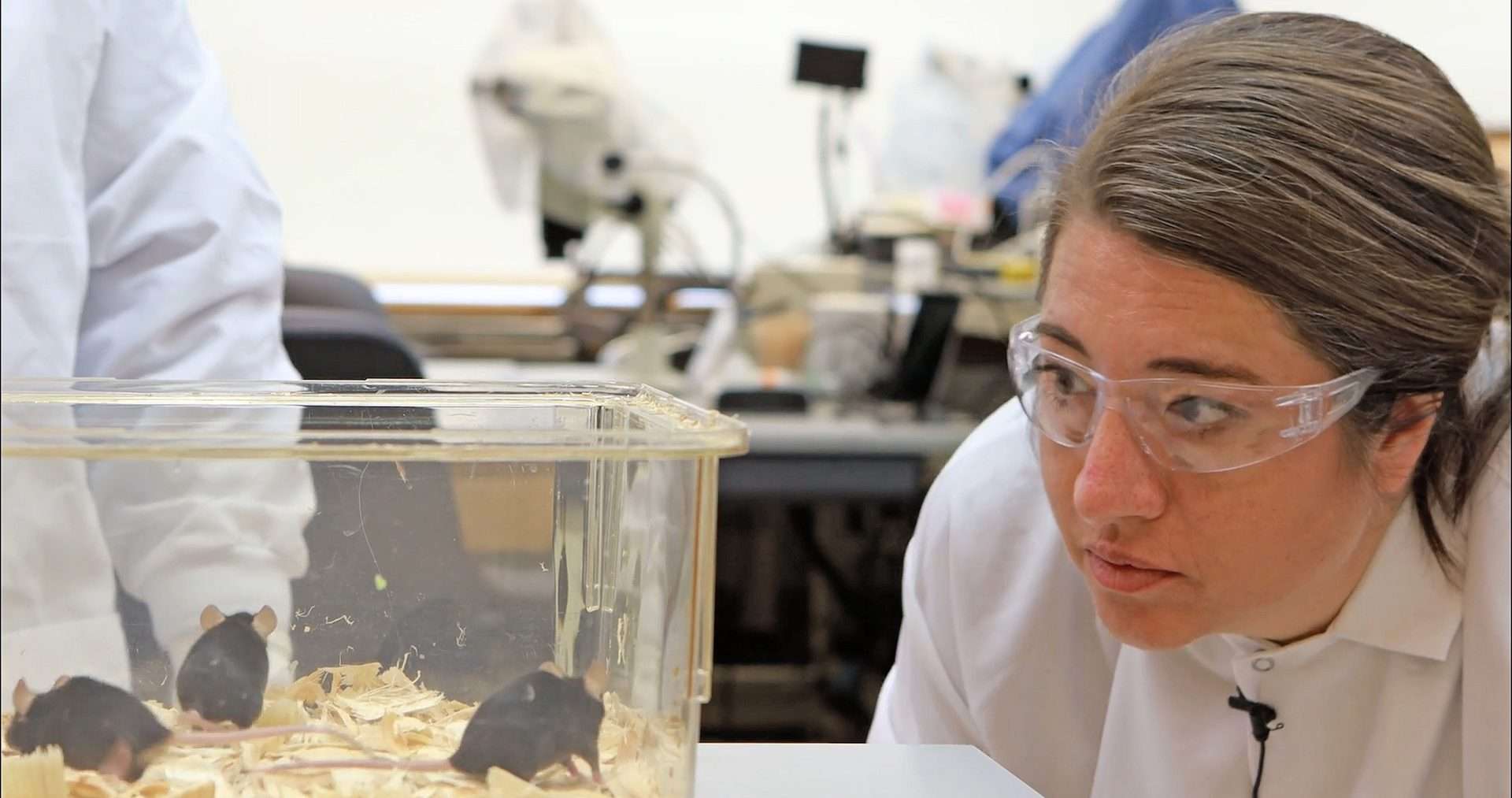One thing that really stuck out for me while watching “The Zebra and the Bear,” a moving account of a mother’s resilient efforts to save her child from a rare disease, is how ill-equipped we still are, despite the technological advancements in science and medicine. It’s a stark reminder that there are so many cracks in our healthcare system and so many blinding new things we are unaware of.
However, I would be digressing if I said that “The Zebra and the Bear” is that existential piercing that I wasn’t expecting from my day. After all, despite the consistent threat looming over the doc, it is ultimately about human resilience – the fight against all odds, just so suffering doesn’t befall someone else who is going through the same thing. Shot over a period of around 7 years, Patrick O’Connor (known for another medical documentary, “The Invisible Patients”) follows Amber Olsen, mother to 2-year-old Willow Olsen, a young child who was diagnosed with a rare and fatal disease called Multiple Sulfatase Deficiency (MSD).
Hired to shoot a fundraising video for Willow, O’Connor decided that he was going to follow Amber Olsen around and shoot her story when he realized that the ‘mama bear’ wasn’t going to take her fate lying down and let her daughter slowly succumb to the disease. The film follows Amber’s dedicated journey, first to understand what MSD is and then to relentlessly fight against time and the system to find a cure. The initial part of the documentation is pretty informative for someone completely unaware of the condition, and would benefit greatly from watching Amber figure everything out step by step.

The documentary is not shot with any kind of forced urgency, seeing how everyone, including Amber, knows that there’s so little to no information about MSD, and even if there was, the fact that there’s no cure because of just how rare it is, would eventually mean someone has to dip their toes in the process for the very first time. The second act of the film thus forms the crux of Amber stepping in with her resilient effort to do something about the lack of a cure for her daughter’s treatment, fully aware of the fact that doing so wouldn’t mean that she would be able to save her.
Now, “The Zebra and the Bear” does follow the usual trope of documentaries. The conventional approach to the story would feel like watching something you have seen a million times before, but it’s the honesty of the story that struck a chord with me. The filmmaker and the subject could have very easily skipped chapters in the tale to keep the focus on Amber trying to understand gene therapy and then going solo into raising money for clinical trials. But it also dives into the repercussions her tryst with the disease had on her personal life.
The post-COVID nature of her life, the divorce she had to go through because of how focused she was in her journey, have all been documented to show how important it was for Amber to find a cure for a disease that completely took over her life. I mean, this can be seen as some sort of obsession if you are not carefully moved through this story, and Patrick O’Connor must be lauded for his efforts to present it the way it is.



![Amiko [2018]: Fantasia Film Festival Review](https://79468c92.delivery.rocketcdn.me/wp-content/uploads/2018/07/Amiko-2018-768x432.jpg)

![Drift Away [2021]: ‘Berlinale’ Review – Unfocused Police drama explores male identity](https://79468c92.delivery.rocketcdn.me/wp-content/uploads/2021/03/Drift-Away-Albatros-highonfilms-768x432.jpg)
![Soft & Quiet [2022]: ‘SXSW’ Review – A Deeply Disturbing Horror Film On Violent Acts Of Racism](https://79468c92.delivery.rocketcdn.me/wp-content/uploads/2022/03/Soft-and-Quiet-1-768x432.jpeg)
![Enemies of the State [2020]: ‘TIFF’ Review – Bizarre hacktivist documentary unravels that everything is political](https://79468c92.delivery.rocketcdn.me/wp-content/uploads/2020/10/Enemies-of-the-State-768x384.jpg)
![Beans [2020]: ‘TIFF’ Review – A coming-of-age story set in the backdrop of an armed stand-off](https://79468c92.delivery.rocketcdn.me/wp-content/uploads/2020/09/Beans-2020-Movie-Review-highonfilms-768x384.jpg)